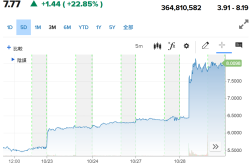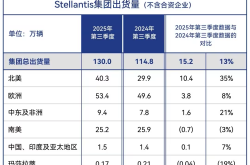Apple's iPhone 17 Air: Balancing Aesthetics and Functionality in Ultra-Thin Design
![]() 05/22 2025
05/22 2025
![]() 491
491
In the ever-evolving smartphone landscape, thinness has emerged as a key design principle pursued by leading manufacturers. Following Samsung's slim Galaxy S25 series, Apple is set to unveil a groundbreaking model, the iPhone 17 Air, as part of its upcoming iPhone 17 series. Preliminary information suggests that this device will not only claim the title of Apple's thinnest iPhone ever but will also introduce numerous innovative features across various aspects.
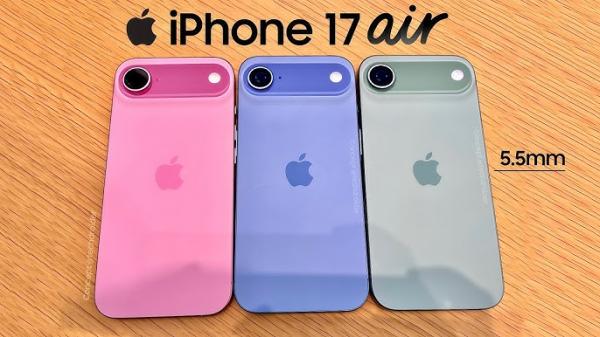
Undoubtedly, the iPhone 17 Air's most striking attribute is its ultra-thin design. Reports indicate that the phone's thickness could range between 5.5mm and 6.25mm, marking a reduction of approximately 30% compared to the current iPhone 16 series and even surpassing the once celebrated slim profile of the iPhone 6. To achieve this remarkable thinness, Apple has invested heavily in design and material innovation, potentially utilizing a higher proportion of titanium alloy or titanium-aluminum alloy in the frame to ensure structural integrity without compromising on sleekness.
In terms of design, the iPhone 17 Air introduces several novel elements. The rear camera module shifts from the traditional square layout to a more elongated elliptical arrangement, reminiscent of the Google Pixel series, breaking away from previous iPhone generations' design norms. Additionally, the rear cover might feature a dual-color design, with the top half crafted from aluminum alloy and the bottom half from glass, adding a unique visual flair. Furthermore, to maintain its extreme thinness, the iPhone 17 Air is expected to eliminate the physical SIM card slot in favor of eSIM technology. Early rumors hinted at a "portless" design without a USB-C port, although this radical approach appears to have been scaled back.
Regarding the display, the iPhone 17 Air is anticipated to sport a 6.6-inch OLED screen, bridging the gap between the standard and Pro Max models. Excitingly, this non-Pro model is poised to be the first to incorporate a 120Hz ProMotion LTPO adaptive refresh rate screen, supporting dynamic adjustments from 1Hz to 120Hz and offering an always-on display feature. This means users opting for the relatively "affordable" Air version can still enjoy a fluid visual experience across daily tasks, web browsing, and gaming.
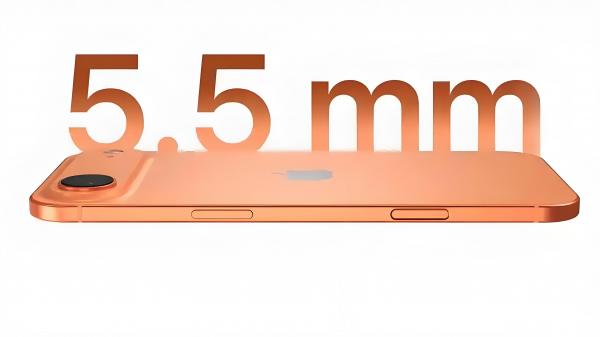
In terms of performance, the iPhone 17 Air is expected to be powered by the same A19 chip as the iPhone 17 standard version, complemented by 8GB of RAM, ample for handling AI functions like Apple Intelligence. While it may not utilize the more advanced chip exclusive to the Pro series, Apple's A-series processors consistently deliver robust performance, ensuring seamless daily use and entertainment experiences.
However, the pursuit of extreme thinness necessitates certain trade-offs. The iPhone 17 Air may adopt a rear single-camera setup, which may seem somewhat "retro" in an era dominated by multi-camera systems. Nonetheless, this single camera is expected to offer impressive specifications, potentially matching the main camera of the iPhone 17 standard version with 48 megapixels and 2x lossless digital zoom. The front camera is set to be upgraded to 24 megapixels, supporting autofocus and night mode optimization, promising enhanced selfie capabilities. It's worth noting that the single-camera design may limit the iPhone 17 Air's ability to directly capture spatial videos or photos, which could be a minor disappointment for Vision Pro users.
Battery life poses another challenge for ultra-thin phones. Recent leaks suggest that due to the limited body thickness, the iPhone 17 Air's battery capacity may only reach around 2800mAh, trailing other iPhone models in terms of endurance. Internal test data indicates that only 60%-70% of users can expect a full day of use without recharging, compared to 80%-90% for other iPhone models. To address users' battery concerns, Apple may introduce a dedicated battery case for the iPhone 17 Air, offering both protection and extended usage time when needed. Additionally, the AI battery management feature in iOS 19 will provide intelligent power optimization for the iPhone 17 Air, maximizing its battery life.
In other areas, the iPhone 17 Air introduces notable features. It could be one of the first models to integrate Apple's in-house 5G modem chip, support the latest Wi-Fi 7 standard, and feature Apple's new Bluetooth Proxima chip, promising an exceptional networking experience. However, due to the ultra-thin design's compact internal space, the speaker system might be adjusted, possibly forgoing stereo dual speakers in favor of a single speaker at the top, with the bottom opening reserved for the microphone. This change may affect the device's external sound quality.
Adhering to Apple's typical release schedule, the iPhone 17 series, including the highly anticipated iPhone 17 Air, is slated for an official debut in September 2025. In terms of pricing, it is expected to occupy a niche between the standard iPhone 17 and the iPhone 17 Pro, aiming to cater to users seeking a balance between affordability and premium features.
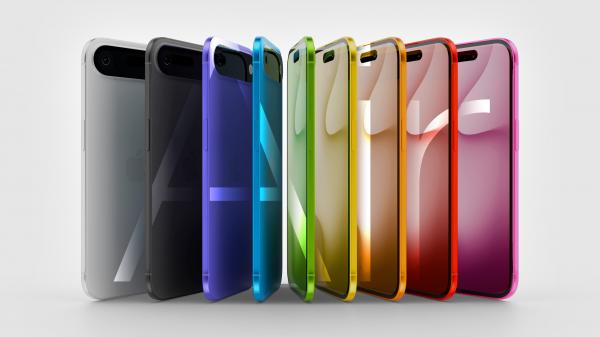
Overall, the iPhone 17 Air represents a bold move by Apple within its iPhone lineup. By prioritizing extreme thinness while offering a compelling mix of screen quality and performance, it aims to carve a niche in the fiercely competitive smartphone market. This device is tailored for users who value portability and style, yet demand smooth screen performance and daily functionality. Despite compromises in the camera system and battery life, for those who emphasize hand feel and portability, the iPhone 17 Air presents an appealing option. Will it lead the next wave of smartphone design trends with its ultra-thin profile and balanced configuration? Will it face market scrutiny due to these trade-offs? The answers to these questions will unfold this fall. Nevertheless, the introduction of the iPhone 17 Air has already painted a promising picture of the future. Let's see how Apple interprets the essence of "Air" this time around!





